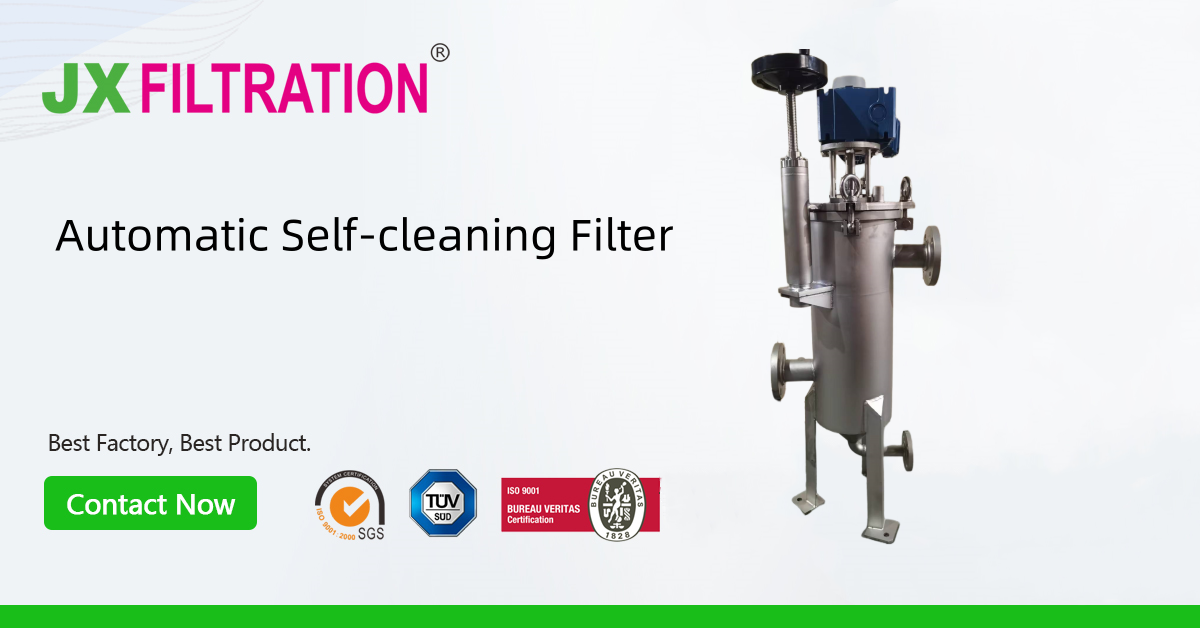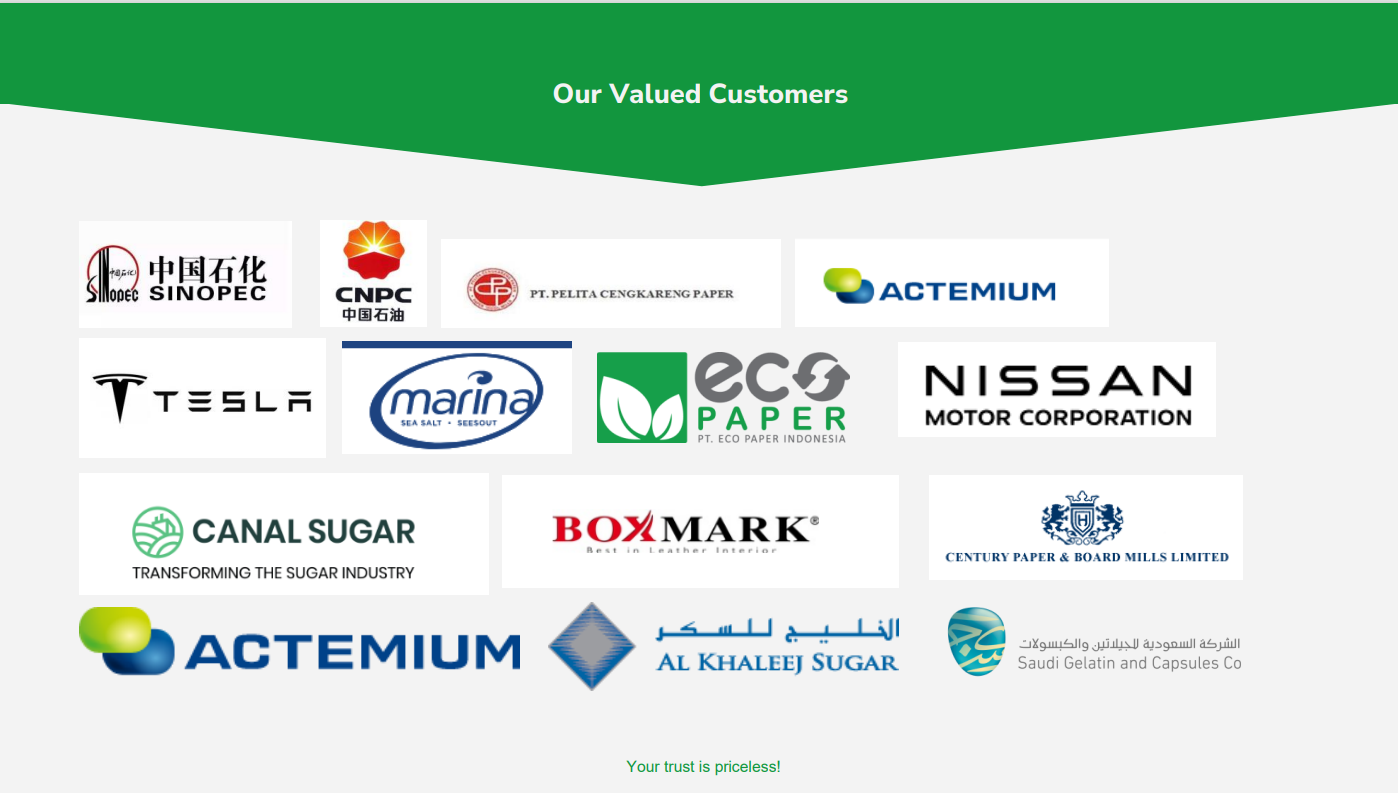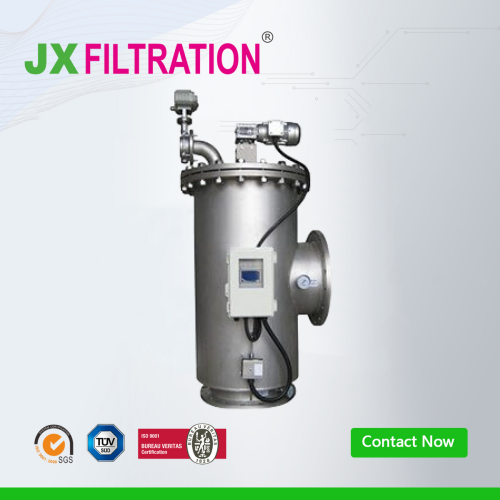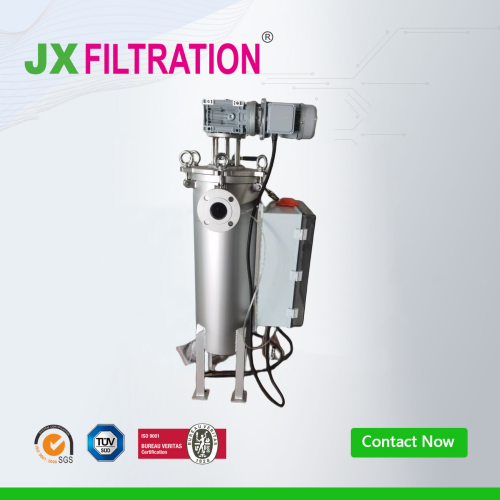Selecting Suitable Model of Self Cleaning Filter
In the realm of industrial filtration, precision and efficiency are vital for achieving top-tier results. JX Filtration, your trusted partner in the filtration industry, offers a wide range of Self Cleaning Filters designed to meet diverse needs. Selecting the right model is crucial to ensure the efficiency of your filtration processes. In this essay, we will guide you through the process of choosing the suitable model of Self Cleaning Filter by JX Filtration.

1. Define Your Filtration Goals:
Before selecting a Self Cleaning Filter, it's crucial to understand your filtration objectives. Consider these factors:
-
Flow Rate: Calculate the required flow rate to ensure that the filter can handle the volume of liquid in your application.
-
Particle Size: Identify the size and nature of the particles you need to remove. Some applications require fine filtration, while others may deal with larger contaminants.
-
Contaminant Load: Evaluate the contamination levels in your process fluid. High contamination loads may require a Self Cleaning Filter with a larger capacity.
2. Filter Housing Size and Configuration:
Self Cleaning Filters come in various sizes and configurations. Choose a housing size that aligns with your flow rate and filtration needs. Consider whether a single, multi-element, or multi-bank configuration is most suitable for your application.
3. Filtration Media:
Select the appropriate filtration media and micron rating based on the type of contaminants you're dealing with. Different materials and micron ratings are tailored to capture specific particles and contaminants effectively.
4. Control System:
JX Filtration offers Self Cleaning Filters with various control systems. Choose a model with control capabilities that align with your application requirements. Advanced control systems offer precise adjustments and real-time monitoring for optimized performance.
5. Compatibility with Process Fluid:
Ensure that the Self Cleaning Filter is compatible with the type of process fluid you are working with. Consider factors like temperature, chemical compatibility, and pressure ratings to prevent corrosion or equipment damage.
6. Ease of Maintenance:
Evaluate how easy it is to change filter elements and conduct routine maintenance. Minimizing maintenance disruptions is essential for continuous operation.
7. Compliance with Industry Standards:
Ensure that the Self Cleaning Filter meets industry standards and regulations relevant to your application. Compliance is crucial for safety, quality assurance, and environmental compliance.
8. Customization Options:
Look for a Self Cleaning Filter that offers customization options to meet your specific needs. The ability to tailor the equipment to your application is a valuable feature.
Any Requirements, Contact Us Now!
Kris
Email/Teams: kris@filtrationchina.com
Mobile/Whatsapp/Wechat: +86 18980776200


